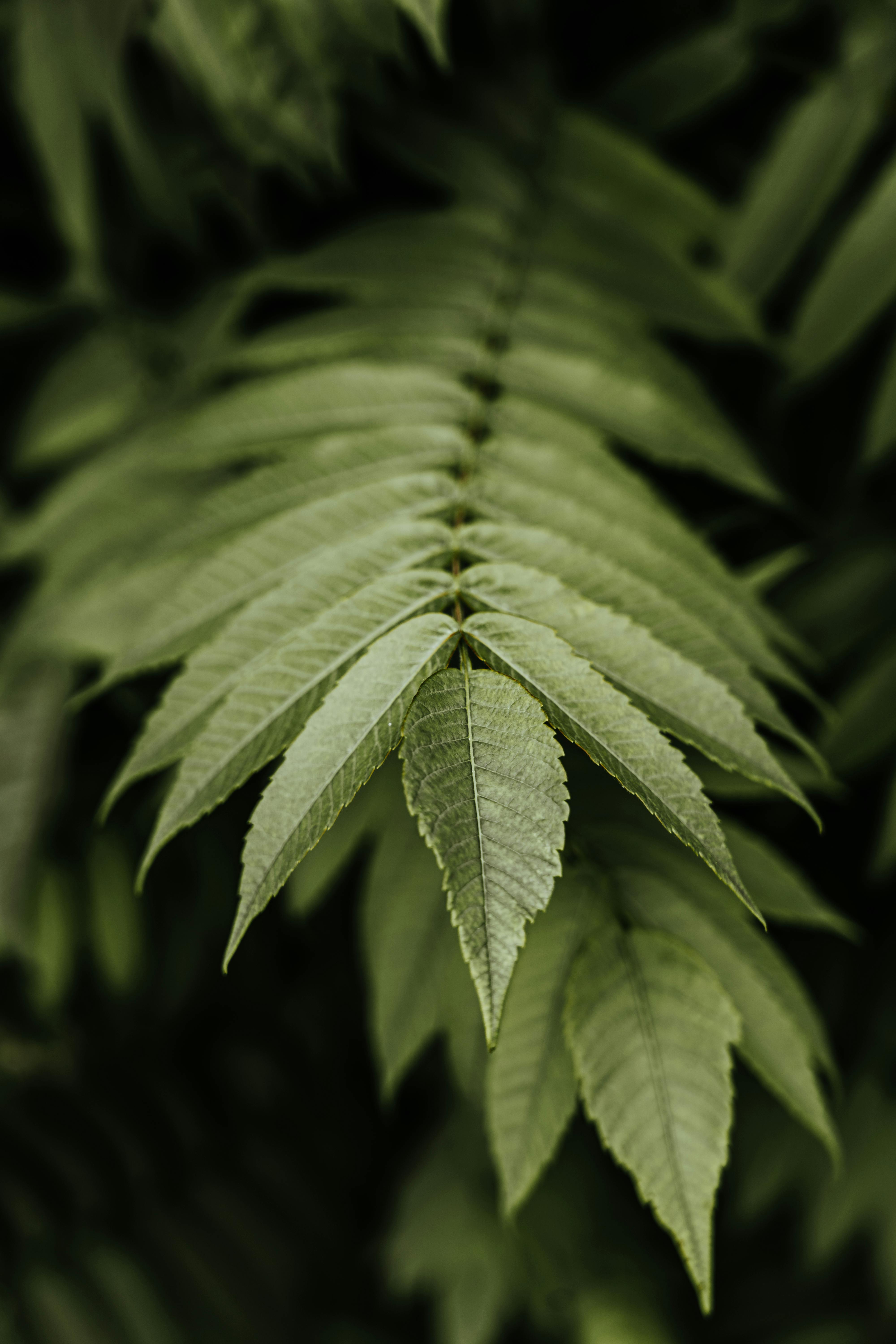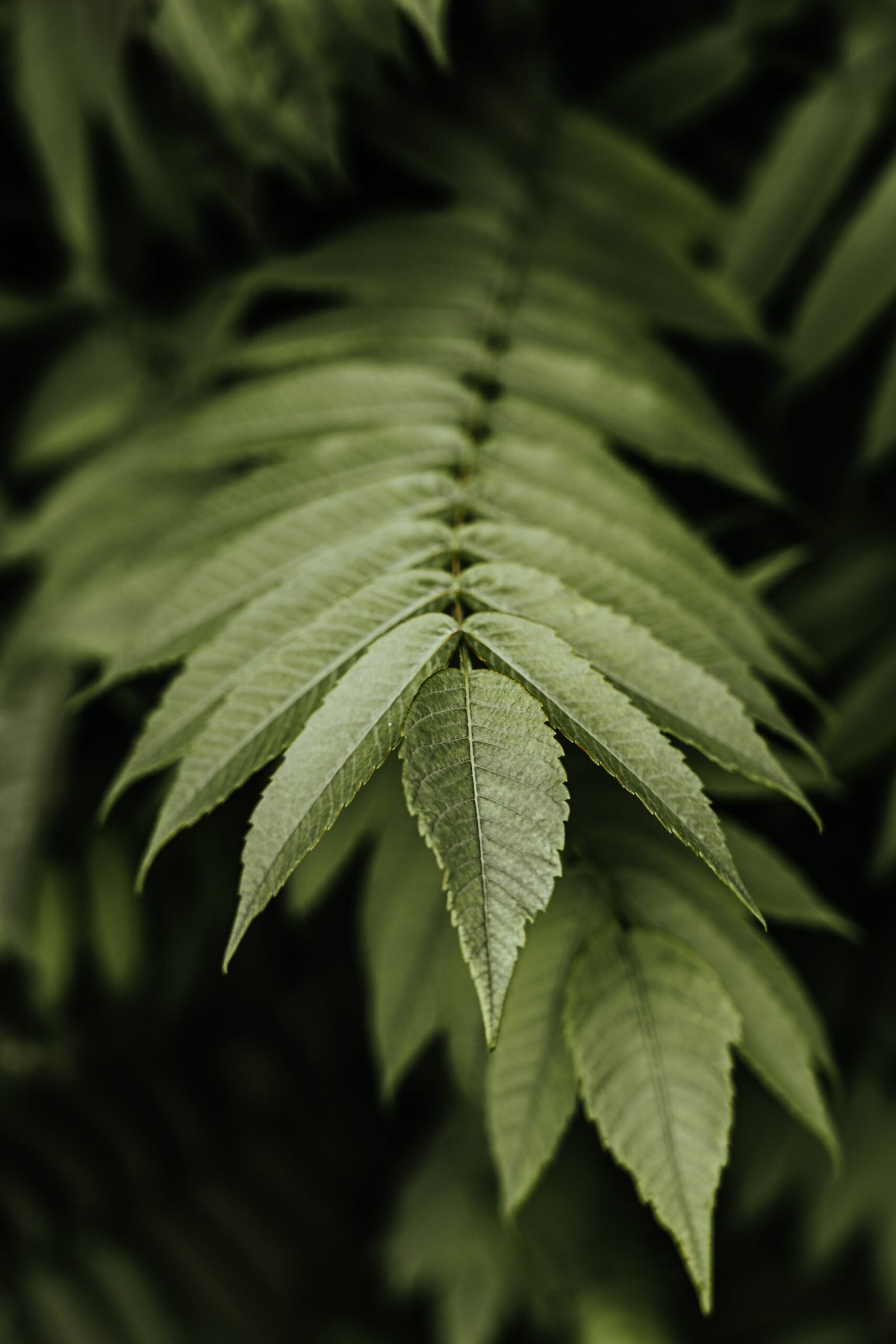If you’ve ever wondered how to propagate succulents from a single leaf, you’ve come to the right place! In this article, we will explore the fascinating process of succulent propagation and guide you through the steps to successfully grow new plants from a single leaf. Whether you’re a beginner or an experienced gardener, this article will provide you with all the essential information and tips you need to expand your succulent collection through leaf propagation. So let’s get started and discover the joy of watching your succulents grow and thrive!
Choosing a Healthy Succulent Leaf
When it comes to propagating succulents from a single leaf, selecting a healthy leaf is crucial. Look for a leaf that is plump, firm, and vibrant in color. Avoid leaves that are wilted, wrinkled, or discolored, as these may indicate a lack of moisture or potential disease. Additionally, choose a leaf that is fully intact and free from any damage or signs of pests. By starting with a healthy leaf, you increase your chances of successful propagation.
Checking for Pests and Diseases
Before you begin propagating your succulent leaf, it is important to check for any pests or diseases that could potentially harm the plant. Inspect the leaf carefully, making sure there are no visible signs of insects or damage caused by pests. Look for any webbing, tiny bugs, or discolored spots on the leaf surface. Similarly, check for any signs of diseases such as rot, mold, or fungal infections. It is best to choose a leaf that is free from any pests or diseases to ensure the propagation process goes smoothly.

Ensuring Leaf Health
To ensure the health of the succulent leaf you are propagating, look for leaves that are relatively mature and have reached their full size. These leaves are more likely to have sufficient stored nutrients and energy to support the growth of new roots and plantlets. Avoid using very young or small leaves, as they may not have developed enough resources to successfully propagate. In addition, choose leaves that are located towards the bottom of the plant rather than the top, as they tend to be more mature and have a higher chance of successful propagation.
Preparing the Leaf for Propagation
Once you have chosen a healthy succulent leaf, proper preparation is key to successful propagation. Follow these steps to ensure your leaf is ready for the next stage:
Removing the Leaf Correctly
Gently twist or rock the leaf back and forth to detach it from the stem of the parent plant. Apply gentle pressure near the base of the leaf to avoid damaging the stem or the leaf itself. Be careful not to tear or break the leaf during the removal process, as this may hinder propagation.
Allowing the Leaf to Callous
After removing the leaf, it is essential to allow it to callous before proceeding with propagation. This involves letting the cut end of the leaf dry out and form a protective layer. Place the detached leaf in a warm and dry location, away from direct sunlight, for about one to three days. During this time, the cut end will develop a callous, which helps prevent excess moisture loss and reduce the risk of rot.
Identifying Leaf Orientation
Before propagating the succulent leaf, it is important to determine its correct orientation. Look for a distinct point where the leaf was attached to the stem, known as the leaf petiole. The leaf petiole should be positioned at the base of the leaf that will be inserted into the propagation medium. Placing the leaf upside down or sideways may hinder the development of roots and new growth. Ensure the leaf is positioned with the leaf petiole side down to ensure successful propagation.

Propagating Succulents with Leaf Cuttings
Once your succulent leaf is ready for propagation, there are several methods you can choose from. Each method has its own benefits and considerations, so it is important to select the one that suits your preferences and resources. The three main methods of propagating succulents from leaf cuttings are water propagation, soil propagation, and aerial propagation.
Water Propagation
Water propagation involves placing the leaf cutting in water to encourage the growth of new roots. Follow these steps for successful water propagation:
Using a Glass or Jar
Fill a glass or jar with clean water, ensuring that it is deep enough to submerge the cut end of the leaf. Place the leaf in the water, making sure that the cut end is submerged while the rest of the leaf remains above the water surface.
Changing the Water Regularly
To prevent the growth of harmful bacteria or fungi, it is important to change the water every few days. Remove the leaf from the water, rinse it gently, and replace the water in the glass or jar. This helps maintain a clean and suitable environment for root development.
Transferring to Soil
Once the roots have reached a sufficient length (usually about one to two inches), it is time to transfer the leaf cutting to soil. Gently remove the leaf from the water and allow it to dry for a day or two. Fill a small pot or container with well-draining succulent soil and create a small hole for the root end of the leaf. Carefully place the leaf in the hole and lightly press the soil around it. Water sparingly and place the container in a well-lit area, gradually introducing it to more sunlight over time.
Soil Propagation
Soil propagation involves placing the leaf cutting directly into a suitable propagation medium, such as well-draining succulent soil. Follow these steps for successful soil propagation:
Choosing the Right Soil
Select a well-draining succulent soil mix that allows excess moisture to escape easily. The soil should be gritty, aerated, and free of large organic particles. This helps prevent waterlogged conditions and potential root rot.
Creating a Propagation Container
Choose a small pot or container that is appropriately sized for the leaf cutting. Fill the container with the well-draining succulent soil, leaving about half an inch of space at the top to accommodate watering.
Caring for Root Formation
Place the leaf cutting in the container, making sure the leaf petiole is inserted into the soil while the rest of the leaf is above the surface. Gently press the soil around the leaf to provide stability. Water the soil lightly to slightly moisten it. Overwatering can hinder root development, so be cautious not to saturate the soil. Place the container in a well-lit location, ensuring the leaf receives indirect sunlight. Water sparingly and be patient as the roots gradually develop.
Aerial Propagation
Aerial propagation is a method that allows succulent leaves to develop new plantlets while still attached to the parent plant. This method is suitable for species that produce offsets or pups. Follow these steps for successful aerial propagation:
Using the Offset Method
Identify a mature succulent leaf that has produced offsets or pups. These are miniature versions of the parent plant that grow alongside the main plant. Gently twist or cut the offsets away from the parent plant, ensuring they have a small section of the leaf attached. Place the offsets in a well-draining succulent soil mix, similar to the soil propagation method. Care for them as you would with individual leaf cuttings.
Direct Planting on Soil
For succulents that produce aerial roots near the base of the leaf, such as certain Echeveria varieties, the leaves can be placed directly onto a well-draining soil mix. Bury the base of the leaf into the soil, ensuring the aerial roots are in contact with the soil. Mist the leaf lightly to provide moisture and place the container in a well-lit area. Over time, new plantlets will develop from the aerial roots and can be separated from the parent leaf.
Providing Optimal Growing Conditions
Regardless of the method chosen, it is essential to provide optimal growing conditions for the propagated succulents. This includes providing adequate light, proper watering techniques, and maintaining the right temperature.
Caring for Propagated Succulents
Once the succulent leaf cuttings have developed roots and new growth, it is important to provide proper care to ensure their long-term health and vitality.
Proper Watering Techniques
Succulents are adapted to survive in arid environments and have minimal water requirements. When watering propagated succulents, it is important to avoid overwatering, as this can lead to root rot and other issues. Allow the soil to dry out completely between waterings and water thoroughly but infrequently. Aim for the soil to be slightly moist but not overly wet.
Providing Adequate Light
Succulents thrive in bright, indirect sunlight. Place the propagated succulents in a location where they receive at least six hours of sunlight per day. However, be cautious of intense, direct sunlight, especially during the hotter months, as it can cause sunburn and damage the leaves. Gradually acclimate the succulents to brighter light conditions to avoid shock.
Maintaining the Right Temperature
Most succulents prefer warm temperatures ranging from 70°F to 85°F (21°C to 29°C). Avoid exposing propagated succulents to extreme temperature fluctuations, as they can be sensitive to sudden changes. Protect them from frost or freezing temperatures, as this can cause irreversible damage. Providing a stable and moderate temperature environment promotes healthy growth and development.

Common Challenges and Solutions
While propagating succulents from leaf cuttings is generally a straightforward process, challenges may arise along the way. Here are some common issues you may encounter and their corresponding solutions:
Leaf Rot and Mold Issues
If your propagated succulent leaves start to show signs of rot or develop mold, it is likely due to excessive moisture or poor air circulation. To address this issue, reduce watering frequency and ensure the soil is well-draining. Increase air circulation by placing a small fan nearby or moving the succulents to a location with better airflow. Additionally, removing any affected leaves or plantlets can prevent the spread of rot or mold.
Lack of Root Development
If your succulent leaf cuttings are not developing roots within a reasonable timeframe, it could be due to various factors such as insufficient moisture, improper temperature, or low light levels. Ensure that the soil is lightly moist and the environmental conditions are favorable for growth. Consider adjusting watering frequency, providing more indirect sunlight, or adjusting the temperature to encourage root formation.
Stunted Growth
If your propagated succulents appear to have stunted growth or are not thriving as expected, it may be an indication of nutrient deficiencies or inadequate environmental conditions. Consider fertilizing the succulents with a diluted, balanced succulent fertilizer to provide essential nutrients. Ensure that the succulents are receiving adequate light, proper watering, and suitable temperature levels. Adjusting these factors can help promote healthy growth and development.
Troubleshooting Propagation Problems
If you encounter issues during the propagation process, it is important to identify and address them promptly. Here are some common problems you may encounter and how to troubleshoot them:
Identifying Overwatering
Overwatering is a common mistake in succulent propagation that can lead to root rot and other issues. Signs of overwatering include leaves that become soft, translucent, or yellowish. To address overwatering, allow the soil to dry out completely between waterings, adjust your watering schedule, and ensure that the container provides proper drainage.
Recognizing Underwatering
Underwatering can also hinder the growth and development of propagated succulents. Signs of underwatering include shriveled or wrinkled leaves, as well as slow growth. To address underwatering, water the succulents thoroughly but infrequently, ensuring that the soil is evenly moist and not bone dry. Adjust your watering schedule to meet the succulents’ needs and provide enough water to reach the roots.
Addressing Pest Infestations
Pests can be a challenge in succulent propagation, as they can cause damage to the leaves and hinder growth. Common pests include aphids, mealybugs, and spider mites. To address pest infestations, inspect the succulents regularly for any signs of pests, such as webs, tiny insects, or leaf damage. If pests are present, treat them with natural or organic pest control methods, such as neem oil or insecticidal soap. It is important to act quickly to prevent pests from spreading to other plants.
Tips and Tricks for Successful Propagation
To increase your chances of successful propagation and ensure the health and vitality of your succulent leaf cuttings, consider the following tips and tricks:
Using a Hormone Supplement
Applying a rooting hormone to the cut end of the leaf before propagation can stimulate root growth and improve overall success rates. Choose a hormone supplement specifically formulated for succulents and follow the instructions provided. This can help expedite root development and increase the chances of successful propagation.
Selecting the Ideal Time for Propagation
The ideal time to propagate succulents from leaf cuttings is during the plant’s active growing season, typically in the spring or summer months. During this time, succulents are actively producing new growth and are more responsive to propagation techniques. Avoid propagating during the dormant period, as the succulents may not have the necessary energy reserves to support the propagation process.
Ensuring Proper Drainage
Proper drainage is essential for the health and success of propagated succulents. Choose containers or pots with drainage holes to allow excess water to escape. Use well-draining succulent soil mixtures that do not retain excessive moisture. This helps prevent waterlogged conditions and reduces the risk of root rot. Additionally, consider adding a layer of small pebbles or stones at the bottom of the container to enhance drainage.
With these comprehensive steps, tips, and tricks, you are now well-equipped to successfully propagate succulents from single leaves. Enjoy the rewarding process of watching your propagated succulents grow and thrive, adding beauty and greenery to your indoor or outdoor space. Happy propagating!


